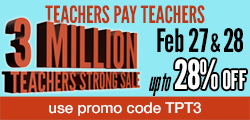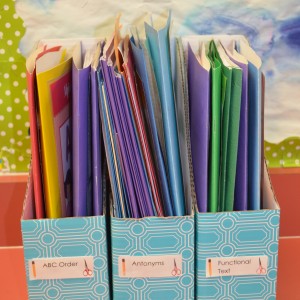Huge SALE February 27 & 28!!!!
Check out our store at http://www.teacherspayteachers.com/Store/Astute-Hoot for 28% off of all our products for a limited time only!!!!
Check out our store at http://www.teacherspayteachers.com/Store/Astute-Hoot for 28% off of all our products for a limited time only!!!!
Cooking is a fantastic way to synthesize many skills and concepts. It promotes higher-level thinking skills such as analysis, synthesis and evaluation. Since we want our children to function independently as they grow, what better way to develop and foster this than through cooking? Here are some of the benefits cooking provides students:
–Builds math skills (use measurement, fractions, numeric properties, sorting and classifying)
–Strengthens reading skills (teaches recipes and directions; promotes vocabulary development, use of ordinal words and oral expression)
–Creates opportunities for science exploration (use of senses, make predictions, note physical changes, identify foods)
–Promotes social studies and collaborative skills (fosters teamwork and collaboration, recreates family experiences and promotes cultural awareness)
In order to start cooking in your classroom, simply download our Classroom Cooking: Recipes & Functional Text Activities. This unit contains 17 tried and true recipes tied to CCSS; all are connected to literature, focus on holidays or seasons and have accompanying comprehension questions. A parent letter is included to explain unit and request donations. Bon Appetit!
Students love learning about presidents, so what better way than with this easy, adorable president report? Use Target’s U.S. Presidents flashcards (found in the dollar section) or an online source to complete shared research and written report as the one listed below.
Report Directions:
1. Select appropriate presidential cards. These would be the ones that students would find most interesting (cool nicknames, facts, etc.). Remove cards that would be difficult to read and understand. (Remove Nixon as his nickname is “Tricky Dick”.)
2. Model completing president report. Use information from card and think aloud as you go
3. Differentiate assignment according to students’ needs. Students can choose a president or you can assign a president to research. Partner students or have students work individually to complete the report.
4. Draw presidential portrait. Give students white paper and have them draw a pencil sketch of selected president. Trace with Sharpie and then color with crayon. Cut out and glue on top of report. You can glue on black construction paper (to look like a suit) and add arms and legs if you desire.
5. Share report with class. Possible discussions include similarities (most were lawyers), differences, occupations, facts and achievements.
6. Set up Prestigious Presidents center. Add leveled, nonfiction text, artifacts and portraits of presidents. Students can record new learnings on Post-Its or in journal. They can also complete another president report with the president cards or other sources.
Download this practical presidential project here.
Looking for something for “owl” of the special people in your life? These six adorable owl-themed Valentine cards can be used for students, parents, volunteers, coworkers, friends and family. FREE for a limited time only!!!! Click on the the link below and simply print off on cardstock, cut-apart and write name of recipient.
http://www.teacherspayteachers.com/Product/Owl-Themed-Valentine-Cards-541002
These cards are also great to use for lunchbox notes or love notes anytime your little ones need some extra TLC. I put these notes in my boys’ lunches all throughout the year.
Looking for a cute spring bulletin board idea? Starting a butterfly life cycle study? Check out our new FREE download that includes:
–2 detailed lesson plans
–KWL butterfly foldable
–Ask and answer questions butterfly foldable
–Pictures of student work samples
Download now at http://www.teacherspayteachers.com/Product/FREE-Butterfly-KWL-and-Question-Answer-Foldables-1068960
These 5 easy tips are guaranteed to recharge your classroom and start your new year off on the right instructional foot.
 Revisit rules and procedures: Students need time to get back into school routines. Review rules and behavior expectations. Practice daily procedures such as lining up, walking quietly in line and transitioning from one activity to another. Turn this procedure practice into a game by timing class, encouraging them to beat previous practice times. Check out our Routines, Procedures and Transitions Toolkit for additional ideas on how to teach, model, practice and reinforce important systems and routines.
Revisit rules and procedures: Students need time to get back into school routines. Review rules and behavior expectations. Practice daily procedures such as lining up, walking quietly in line and transitioning from one activity to another. Turn this procedure practice into a game by timing class, encouraging them to beat previous practice times. Check out our Routines, Procedures and Transitions Toolkit for additional ideas on how to teach, model, practice and reinforce important systems and routines.